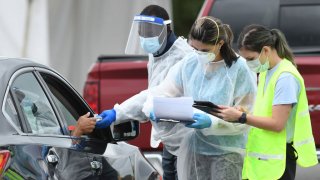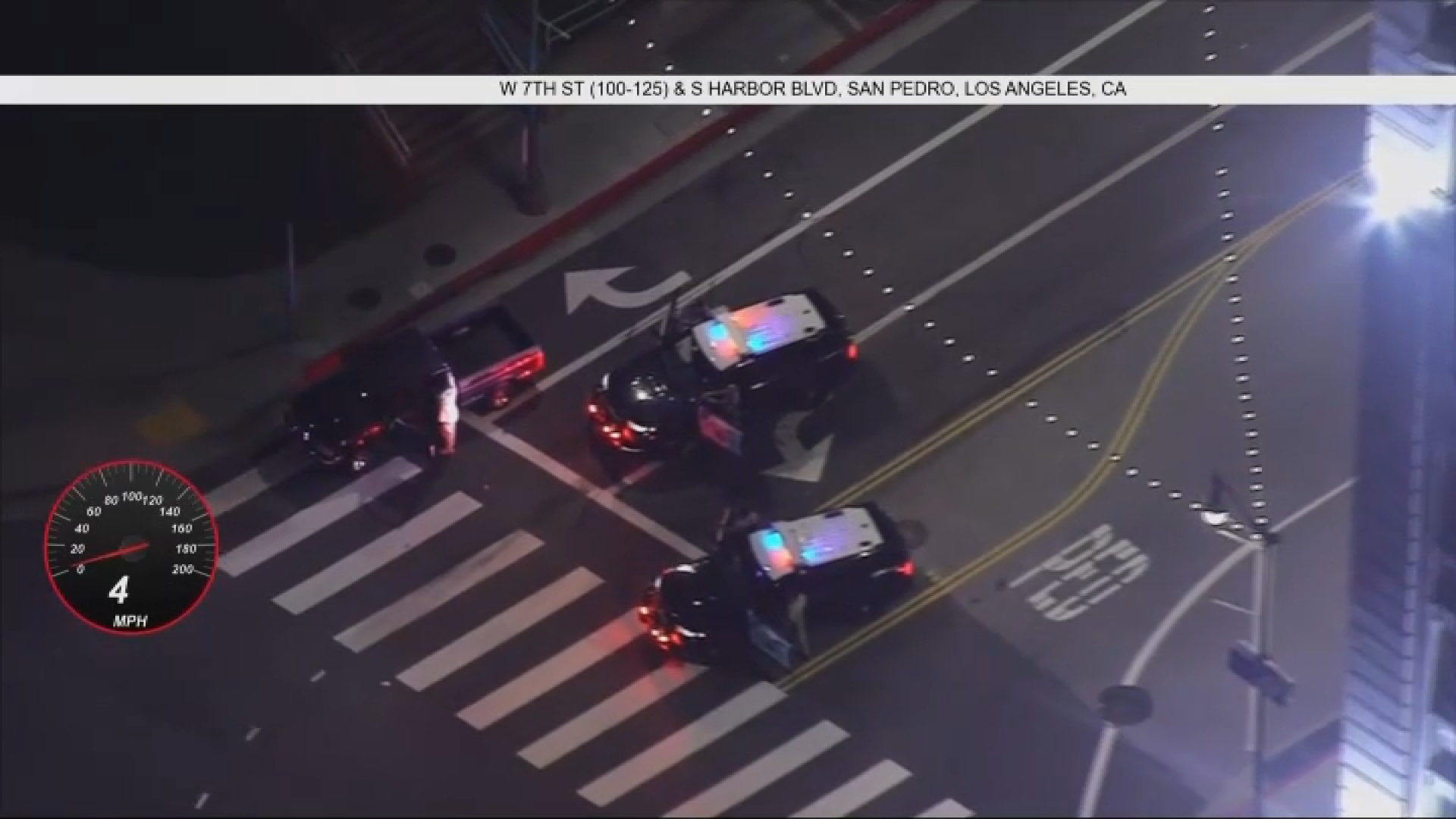
Orange County reported 283 new cases of COVID-19 but no additional deaths Sunday, bringing the county's totals to 54,640 cases and 1,286 fatalities.
Hospitalizations dropped from 160 on Saturday to 155, with the number of patients in intensive care remaining at 47.
The Orange County Health Care Agency reported that 896,617 COVID-19 tests have been conducted, including 5,513 reported Sunday. There have been 48,870 documented recoveries.
Orange County CEO Frank Kim said Friday he was concerned to see the case rate rise above 200.
“I'm concerned,'' Kim said. "I want to see those numbers smaller...The general trend is a slow, steady rise in case loads. We're not seeing any significant particular industry sector that is causing it. It's generally throughout the community.”
The positivity rate, which is reported each Tuesday, stands at 3.1%, the same as last week, but the daily case rate per 100,000 people went up from 3.6 to 4.4, which is higher than the cutoff of 3.9 to qualify for the orange tier in the state's coronavirus monitoring system.
Local
Get Los Angeles's latest local news on crime, entertainment, weather, schools, COVID, cost of living and more. Here's your go-to source for today's LA news.
It means the county will remain in the red tier for at least another two weeks, but there is hope the downward trend will continue and that the county will be able to move into to the orange tier by mid-October.
“We've had a few days of uptick in numbers, small but significant to affect our tier system,” said Dr. Clayton Chau, the director of the OCHCA and the county's chief health officer.
One of the thorniest problems is young adults renting out vacation residences for parties, Kim said last week.
Students returning to school don't appear to have been an issue, said Dr. Matthew Zahn, the medical director of the county's communicable disease control division.
“At this point, we see really minimal activity,” Zahn said. “What we've seen so far is quite encouraging.”
Kim said the increase in cases amounts to about 30 diagnoses a day. Officials have not seen anything in particular fueling the slight increase.
County Supervisor Lisa Bartlett said there is concern about a seesawing back and forth between the red and orange tiers because if the county has to step back a tier, that locks it into place for at least three weeks even if the metrics match a less-restrictive tier.
State officials were expected on Friday to announce new guidelines for mass gatherings, but did not do so. The mass gatherings include theme parks, concerts and sporting events. The expectation was that those types of activities will not be allowed until a county moves up to the least restrictive tier of yellow, which could take months.
Orange County Board Chairwoman Michelle Steel criticized the state for “dragging its feet” on issuing reopening guidelines for theme parks like Disneyland in Anaheim and Knott's Berry Farm in Buena Park.
“We need these parks to reopen not for our children and tourists but our businesses and communities that rely on them,” Steel said. “I am disappointed at the lack of progress California has made in this and every other area while other governments have made safe reopenings of their theme parks. California continues to delay and this has resulted in the loss of 28,000 jobs... All of this could have been avoided.”
To qualify for the orange tier, the positivity rate must be 2% - 4%, and the case rate per 100,000 must be 1% - 3.9%.
Moving to the orange tier means retail businesses could operate at full capacity, instead of 50% as required in the red tier. Shopping malls could also operate at full capacity, but with closed common areas and reduced food courts, just as in the red tier.
The orange tier boosts capacity for churches, restaurants, movies, museums, zoos and aquariums from 25% capacity to half capacity. Gyms and fitness centers could boost capacity from 10% to 25% and reopen pools.
The orange tier also allows family entertainment centers like bowling alleys and wall-climbing to open indoors to 25% capacity.



